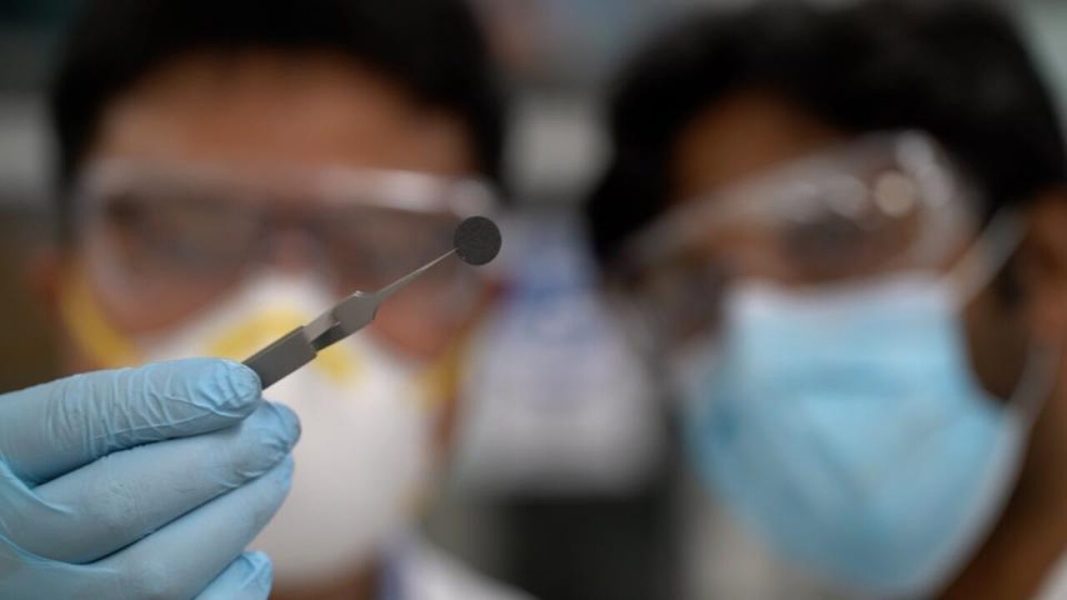
"Our aluminum-ion (aluminum-ion) cells charge 60 times faster than lithium-ion cells." Wow! :)
New week and new battery. Australia's Graphene Manufacturing Group claims to have developed cells based on graphene and aluminum (an element). They say that "they charge 60 times faster than the best lithium-ion cells," and "they can store three times more energy than other aluminum-ion cells."
Al-ion GMG cells. It all sounds too good
Table of contents
- Al-ion GMG cells. It all sounds too good
- Aluminum is cheap, graphene is expensive
GMG aluminum ion cells should be in the form of push-button elements that we know from, for example, keys or small toys. But charging sixty times faster sounds amazing. She has according to calculations last from the 1 5 to minutes. Energy density is "three times more than other elements with aluminum ions." 0,15-0,16 kWh / kg.
The company can boast of one more parameter: the ability to obtain up to 7 kW of power from 1 kilogram of cells. That is cages in a model electric carwhich weigh 250 kilograms, they could generate up to 1,75 MW (!, 2 km) of power at their peak... Sounds cosmic, at least on paper. The downside is the operating voltage of the cell, at the moment it is 1,7 V.

Using graphene, an aluminum ion cell prototype developed by GMG
Finally, the mention of the use of graphene sounds interesting, because such solutions have already appeared: the graphene cathode made it possible to reach a level of 0,2-0,3 kWh / kg and made it possible to perform tens or even hundreds of thousands of operating cycles (!). The report from China is especially intriguing due to its proximity to Australia and scientific ties between the two countries. Well, Zhejiang University developed a flexible, non-flammable aluminum ion cell that could charge in 1,1 seconds and retain 91,7 percent of its original capacity after 250 cycles (source).
Aluminum is cheap, graphene is expensive
Work on aluminum ion cells has been going on for years because aluminum is a very promising metal as a building block of an ion donor anode. But it requires expensive electrolytes and cathodes if we want to prevent it from bonding with other elements in the cell, because such bonds quickly destroy the system. Meanwhile, Graphene Manufacturing Group says it will release aluminum-ion button cells later this year or early 2022. Automotive sachets are expected to be ready in early 2024..
Automotive batteries based on aluminum ion cells will not only be lighter due to their higher energy density. Well GMG reports that Aluminum ion cells have no problem with high or low temperatures, so there is a chance that they will not require cooling or reheating.... In addition, in the future they will have the same shape and supply the same voltage as current lithium-ion cells, so they can be easily adapted to existing battery packs (source).
This may interest you:
